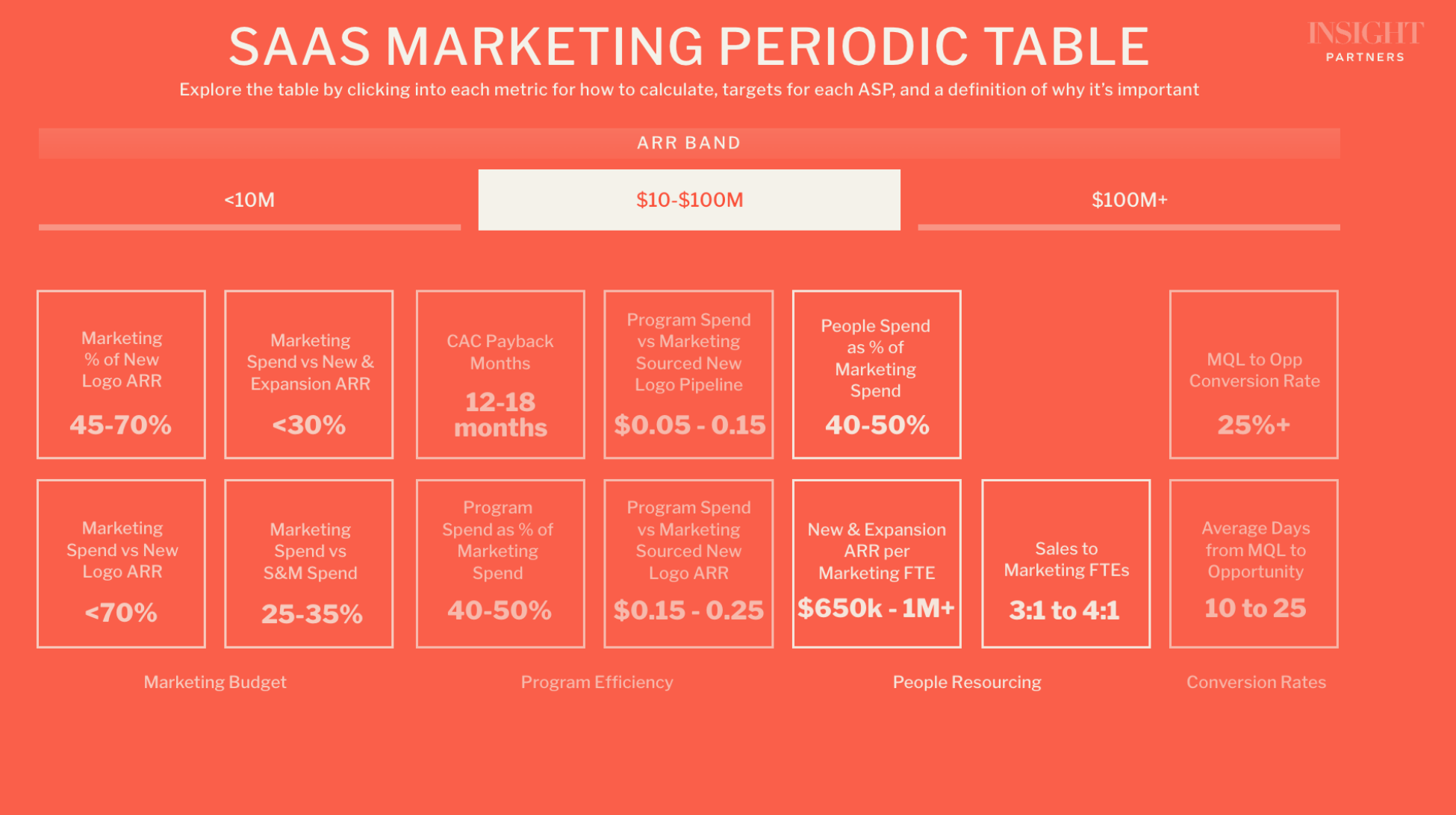This article was originally published by Will Reed and does not necessarily reflect the perspective of Insight Partners. Insight Partners is an investor in Will Reed.
There are plenty of things in life that you can tackle with a fly-by-the-seat-of-your-pants approach. Tonight’s dinner recipe, your next first date, and what you’re going to wear to tomorrow’s event might be on the list. What shouldn’t be on the list of things to “just go for” is executive hiring at your startup.
When you’re a startup focused on growing into your dream business, you need to bring on executives who are going to contribute to your dream, align with your vision, and ultimately help your startup flourish. That’s why when you’re looking to bring on executives, you should deploy an executive hiring strategy.
What is an executive hiring strategy?
In order to understand exactly what an executive hiring strategy is, and what yours should look like, we can start with what a typical hiring strategy might look like. Let’s say you’re looking to hire an entry level employee. Your hiring strategy might start with shoring up your branding, posting your vacancy, combing through responses, and starting the interview process. Once you meet a suitable candidate, you’ll likely hire them.
When it comes to executive hiring, this standard hiring strategy likely isn’t going to cut it (we’ll dive into why in just a moment). So instead, you need a strategic and tactful executive hiring strategy, which involves having answers to critical questions, creating an efficient hiring process, knowing how to reach executive candidates, and holding a successful interview process.
Why can’t you just wing it?
Why does executive hiring require a special strategy, and why can’t you actually just wing it and hope for the best? First of all, reaching incredible candidates with executive potential isn’t as easy as you might think, and they’re unlikely to just end up in your inbox from a job posting. One survey by Statista found that 62% of respondents use executive search firms because it gives them access to “difficult to reach” candidates.
That means if you’re just sitting around waiting for your dream executive to appear, you might be waiting for quite a long time.
Also, it turns out that most executives actually want to be recruited. In one study, 97% of senior candidates in a company said they want to be “found” or “approached.”
And while these candidates might want to be approached, it turns out that there might not be an abundance of excellent executive candidates, making them potentially rare to come across. PwC found that 80% of executives think the top threat to their business is a scarcity of skills on the job market. This means that once you do actually find top talent for your executive vacancy, you want to make sure the hiring process goes off without a hitch.
What to prepare before building your strategy
Before you start building your executive hiring strategy, it’s important to create a rock-solid foundation for it. Here are some questions you can ask yourself, before committing to building an executive hiring strategy:
What do we want this new executive to take ownership of in our startup?
It’s not enough to just have a title and job description when hiring an executive. Your startup should have a very clear idea about exactly what teams, people, results, and goals you want this new executive to take full ownership of.
What skills gaps are we looking to fill?
When you’re a growing startup, it’s very likely that you’re working with limited resources, making executive hires even more important. You don’t want to hire an executive, only to find out that you actually need to hire someone else to perform other tasks or job functions. You should see what areas of your company really need the extra support, and be sure to hire for those gaps.
Is our hiring process streamlined?
There’s no room for error in the executive hiring process. Let’s say you have your dream candidate lined up and ready to go, but they’re asking questions about the job you don’t know the answer to, and your company has been slow to respond to them. This is a very dangerous formula for a candidate walking away.
Your hiring process should have all of the kinks sorted out before you start bringing on executives. While an excellent hiring process is important in general when building a team, it’s even more crucial when it comes to executive hiring.
What is our company culture?
Who you bring on as an executive could have a big impact on many aspects of your company, because that executive will have influence, and will leave their mark on your organization. With that in mind, you should have an excellent understanding of your company culture, so that you’re hiring people who align with it, and who help further it.
Five elements of a successful hiring strategy
With all of that in mind, here are the five key elements of a successful executive hiring strategy:
Identify the basics
Before you start the actual hiring process, there are many key questions that should have answers, and basic details that need to be sorted out. Think of it this way: you want to be able to answer every single (reasonable) question an executive candidate throws your way, especially if it’s something you should already know the answer to.
Basic information might include: where the role is located (or if it’s remote/hybrid), who this person will report to (and who will report to them), what their main functions are, and what their main initial goals are.
Create infrastructure
When it comes to attracting and ultimately hiring executive candidates, your hiring infrastructure really makes a difference. That’s why it’s important to ensure that your team is equipped to conduct this scale of interview process.
If you’ve never hired executives before, this might be daunting, since you might not know what to expect. But essentially, you want to ensure that everyone involved in the hiring process has the tools they need to execute it flawlessly. If you choose to work with an executive recruiting firm, they might help you with this process.
Do a walkthrough
Again, before you even speak to candidates, you should ensure that this executive hiring strategy is completely ironed out, from start to finish. Do a “walkthrough” of the process from the perspective of a new candidate, or have others work through this process with you. You might find that new questions come up, or that you discover a hiccup in the system.
Start sourcing candidates
Once you have a thorough understanding of the executive position, and your hiring process is smooth as butter, it’s time to start sourcing candidates. This is the largest, most comprehensive, and potentially the most challenging part of the executive hiring process. Here are ways that you can start sourcing potential candidates:
- Post vacancy: While we discussed that this option is unlikely to yield results, some startups do choose to simply post their executive position, in case someone fitting does happen to see it. You might choose to do this in addition to other sourcing techniques.
- Tap into your network: Your own professional network is likely a great place to start looking for executives. Think about people you know from other companies, and connections from your Linkedin network, for example.
- Tap into your team’s network: Likewise, your team members probably also have great connections, and potential executive candidates. Put out the call for them to reach out to their network, and encourage team members to send great candidates your way.
- Partner with an executive recruiting provider: Because of the challenges of finding excellent executive candidates, many startups choose to work with executive recruiters. These seasoned search teams typically have tons of expertise finding executives, have vast networks of connections, and can even help ensure you’re able to conduct a best-in-class interview process. They can also help complete the hiring process in a more timely manner than if you approach it on your own.
Conduct interviews
Once you’ve identified incredible candidates, it’s time to start the actual interview process. Interviewing potential executives is typically quite different from interviewing entry-level employees. There will likely be multiple rounds to this interview process, so it’s best to start with a pre-screening interview, where the basics are all ironed out. This information can then be shared with others in your company if need-be.
During the interview process, you should be sure to share far more than just the job details. Share your company culture, goals, ideals, and what you’re definitely not trying to do. Also, look to get similar information from your candidates, to find out if they truly align with your organization. The interview process should be thorough and help you really get to know your candidate on an individual level.
Seal the deal
Once you finally land on the perfect candidate who is more than happy to join your team, it’s time to make it official. This means having contracts ready and signed, and kicking off your onboarding process. With this in mind, you should have an onboarding plan already in place as well as a transition or integration plan in place, so that your new executive is able to get started seamlessly.







